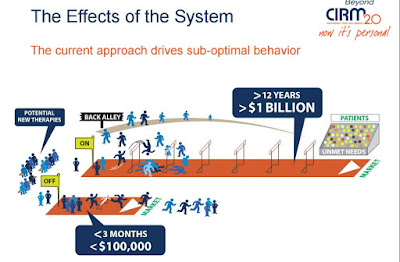Now comes the Washington Post with a lengthy piece this weekend about the Placerville firm, which was caught up in the Planned Parenthood abortion/stem cell videos that are still rattling around the Internet. The headline on the story by Danielle Paquette said,
"‘We lose money doing this’: Tiny company caught in abortion debate takes on Congress"
The Post story picks up where the Times and also a piece on the California Stem Cell Report left off last year.
Paquette reports that the company has had to supply Republican congressional investigators with more than 2,000 pages of documents including five years of banking records. Employees have received death threats, and now the House committee wants the names of workers, a demand StemExpress is resisting.
One particular target is Cate Dyer, president and founder of the firm. In December, a Washington
state man was arrested, according to the FBI, after he wrote on the Internet,
 |
| Cate Dyer, CEO of StemExpress Photo by Max Whittaker for Washington Post |
“She will have to face the souls of the babies she’s bought and sold when she arrives on the other side. I’m sending her there early.”
Dyer was interviewed at some length for the article, describing the impact on her company. But it goes beyond what is happening to StemExpress. Paquette wrote,
"The consequences of this supercharged debate transcend one firm. Scientists and doctors across the country say the political turmoil on Capitol Hill has stalled lifesaving work and imperiled progress toward, among other treatments, a Zika virus vaccine."Paquette said,
"Those kinds of threats and the growing political pressure have chilled stem cell research at laboratories across the country."The Post cited a case at Stanford, as well as one in New York state, involving a slow down in research. Researcher Steven Sloan of Stanford said he was discouraged,
“The backlash makes you think twice about proceeding with this kind of work.”Paquette concluded her article with this from Melanie Rose, a lab technician at StemExpress,
“This tissue would be thrown away if we didn’t send it to researchers who are truly trying to save lives. I want them to see what I’m doing. That something good can come of it.”






